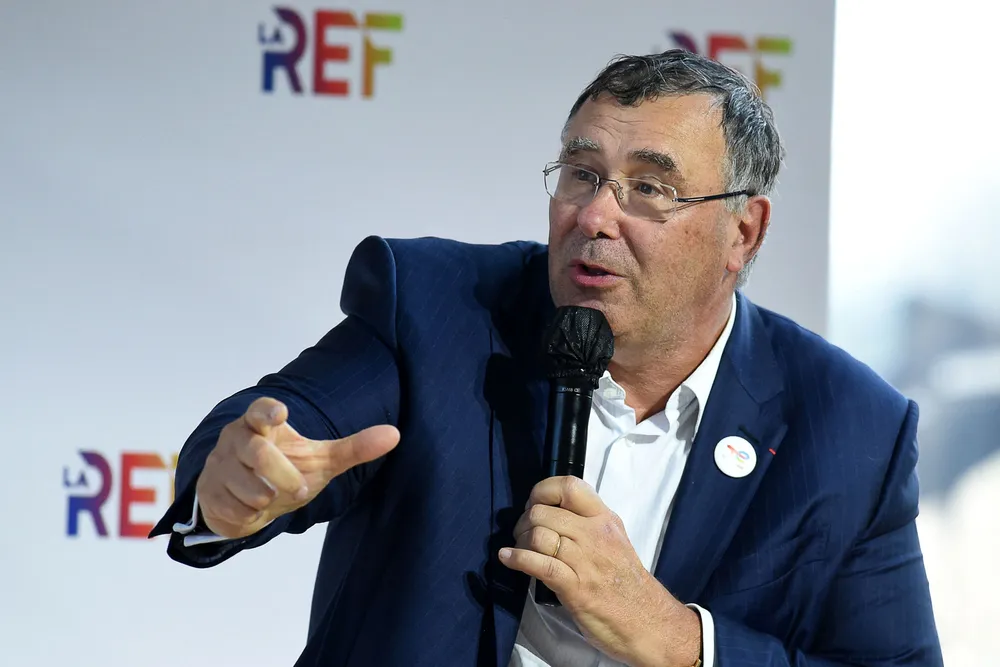Pouyanne: Electricity and LNG power TotalEnergies drive to boost energy output by 30%
Supermajor highlights new transition targets, with cash flow from oil and gas playing vital role in transformation

Supermajor highlights new transition targets, with cash flow from oil and gas playing vital role in transformation
